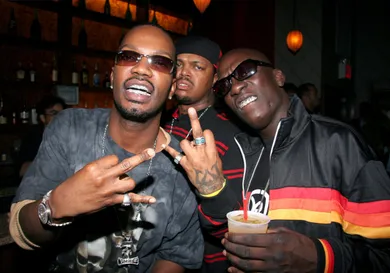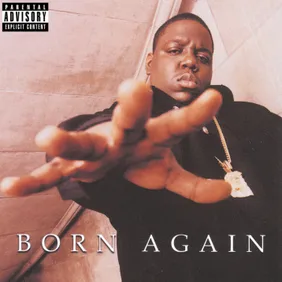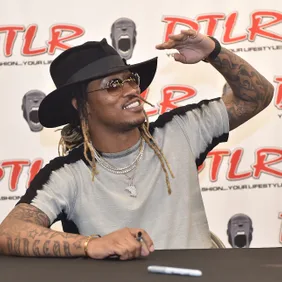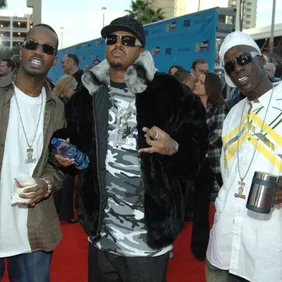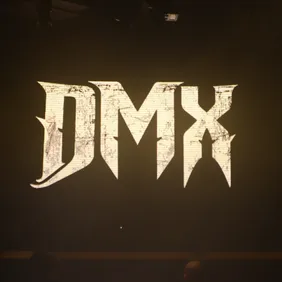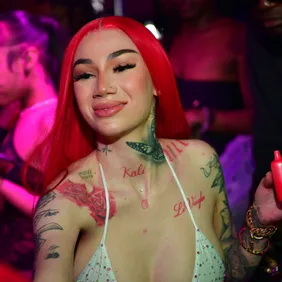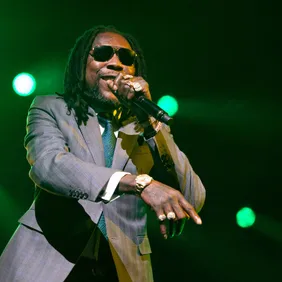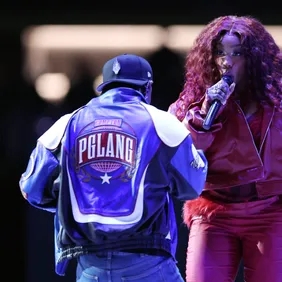Horrorcore is a subgenre of Hip Hop that plunges deep into the darkest corners of the human psyche. While being unapologetically sinister, Horrorcore defies the conventional boundaries of Hip Hop. However, unlike mainstream rap, this subgenre focuses on macabre narratives, supernatural themes, and dark imagery.
Although it’s much too dark for many listeners, Horrorcore has carved a niche that both captivates and unsettles its audience. Being as dark as it is, it has sparked many controversial debates over the years. Nonetheless, it remains a significant part of Hip Hop, and Horrorcore has influenced many rappers, even until now. While it may be quite sinister, fans of the subgenre will argue that this quality is part of its appeal.
The Dark Roots Of Horrorcore
Horrorcore’s origins can be traced back to the late 1980s. It began with the emergence of Hip Hop artists incorporating horror-themed elements into their music. The genre is also known to be heavily influenced by horror movies. As a result, a handful of artists, like Three 6 Mafia for example, strived to make their music just as chilling as those films.
The Geto Boys, particularly with their 1989 album Grip It! On That Other Level, are often credited as early pioneers. Their dark, graphic lyrics explored themes of violence, crime, and horror. Equally, Esham, a Detroit-based rapper, is another key figure in Horrorcore’s early history. His 1989 album Boomin Words From Hell is considered a landmark in the genre. Esham’s lyrical content delved into horror themes, occult references, and a generally dark aesthetic.
Horrorcore’s Features
Horrorcore is characterized by its explicit and dark lyrical content. It very often delves into themes of violence, horror, the supernatural, and occult references. Artists within the genre craft narratives that evoke a sense of unease and fear. Additionally, Horrorcore frequently employs explicit and graphic language. It aims to shock and provoke, using visceral storytelling to create a vivid and unsettling atmosphere.
Embracing a distinctive visual aesthetic, Horrorcore incorporates horror imagery in album art, music videos, and stage performances. This can include references to horror movies, supernatural elements, and occult symbolism. Additionally, like Hip Hop, Horrorcore incorporates a variety of musical styles. Its beats can range from ominous and atmospheric to aggressive and fast-paced. The genre is flexible, allowing artists to experiment with different sounds while maintaining its dark thematic core.
The Evolution Of The Subgenre
As the 1990s progressed, Horrorcore expanded with artists like Insane Clown Posse (ICP) gaining prominence. ICP, known for their theatrical and elaborate stage shows, brought Horrorcore to a wider audience. Another influential figure, Tech N9ne, has been known to incorporate horror elements into his music. He blends rapid-fire flows with dark and introspective themes that leave listeners unsettled or disturbed.
Throughout the ‘90s, Horrorcore continued to evolve, with artists like Gravediggaz contributing to the genre’s diversity. Horrorcore has continued to grow and expand. Over time, even mainstream acts like Eminem and Tyler, The Creator have dabbled in it. Not to mention Offset, 21 Savage, and Metro Boomin, whose album, Without Warning, has become a modern Horrorcore Halloween staple.
Conclusion
Horrorcore has faced criticism for its explicit content and potential influence on listeners. Debates continue to wear on about whether it contributes to or reflects societal issues. This, in turn, has added layers of complexity to the cultural significance of the genre. All things considered, Horrorcore stands as a genre that pushes artistic boundaries. Its unique blend of Hip Hop and horror themes creates an immersive and provocative experience unlike anything else in the musical landscape.
[via]
